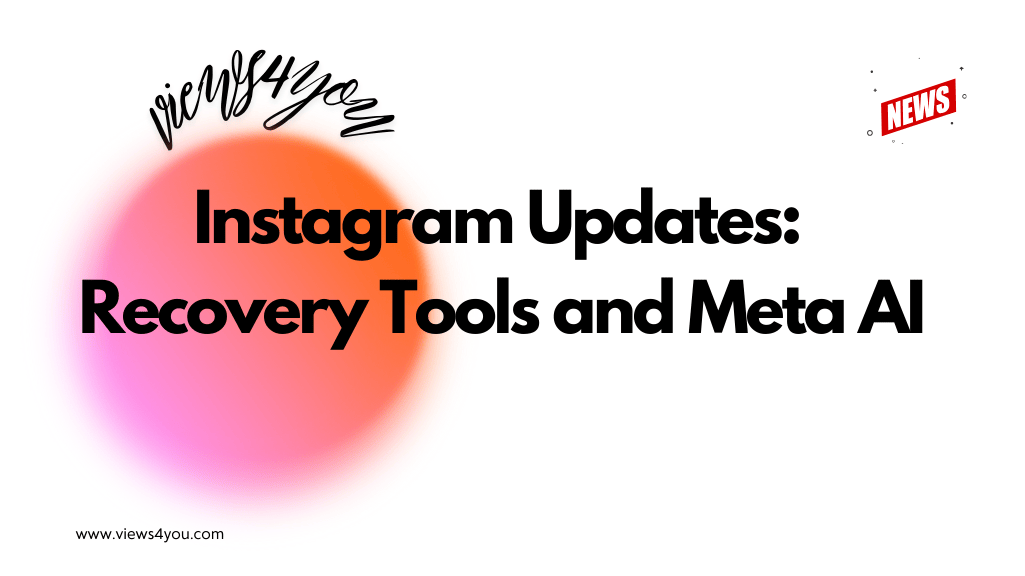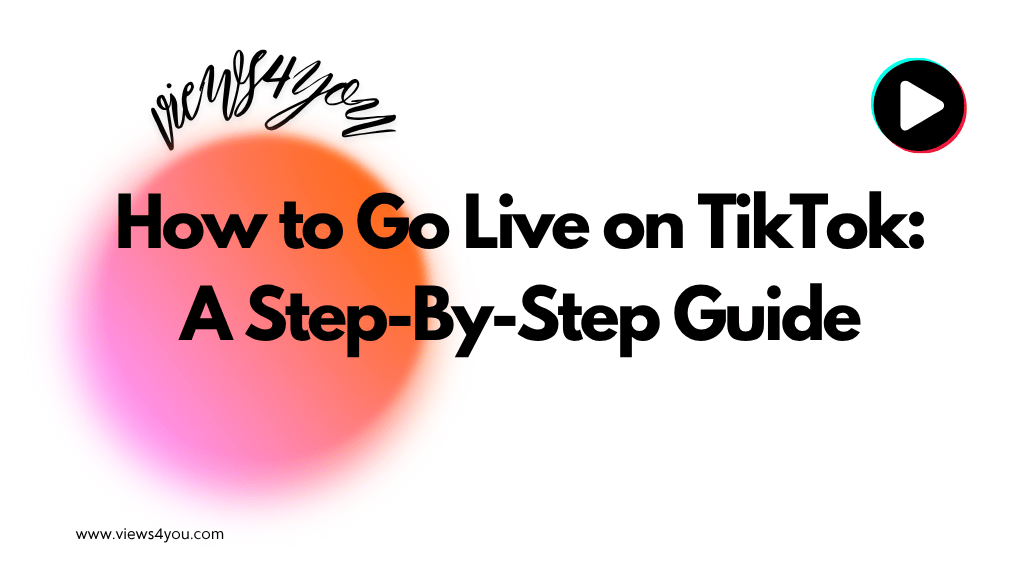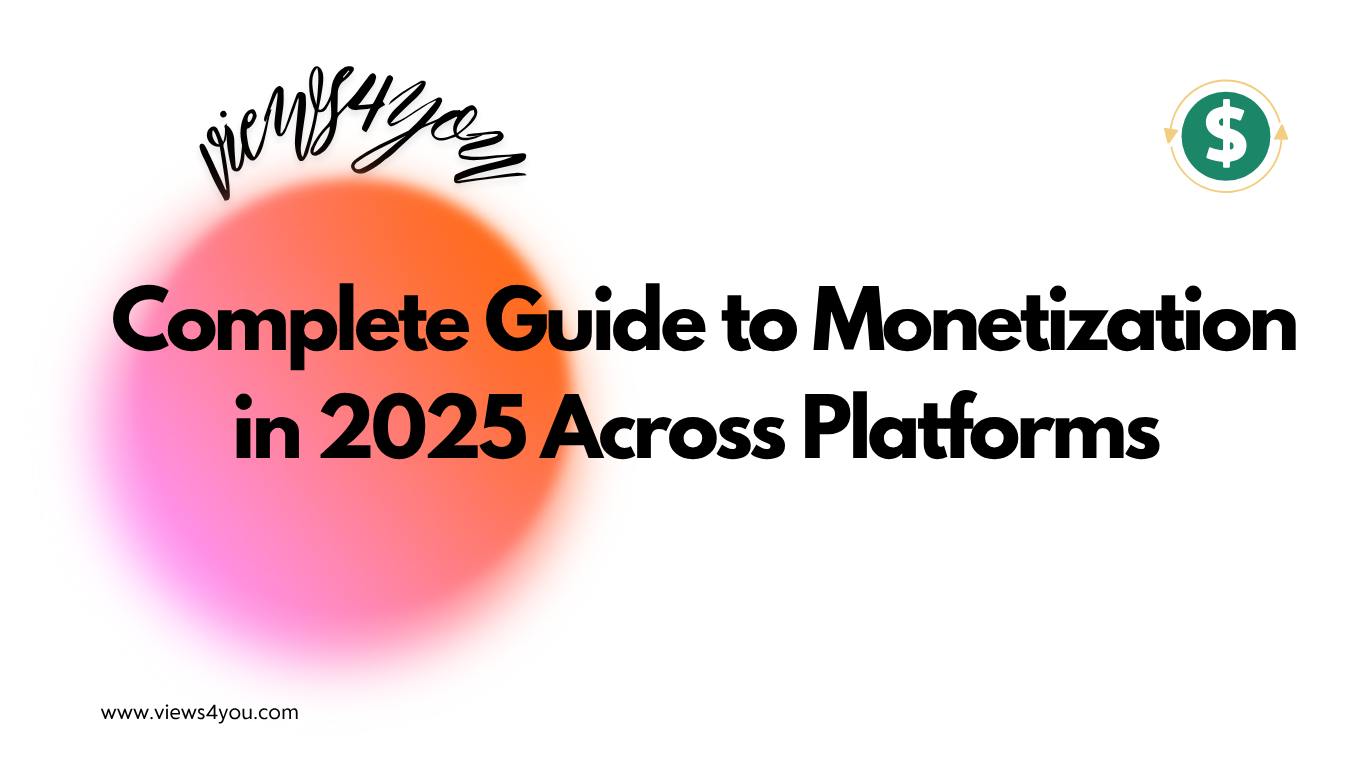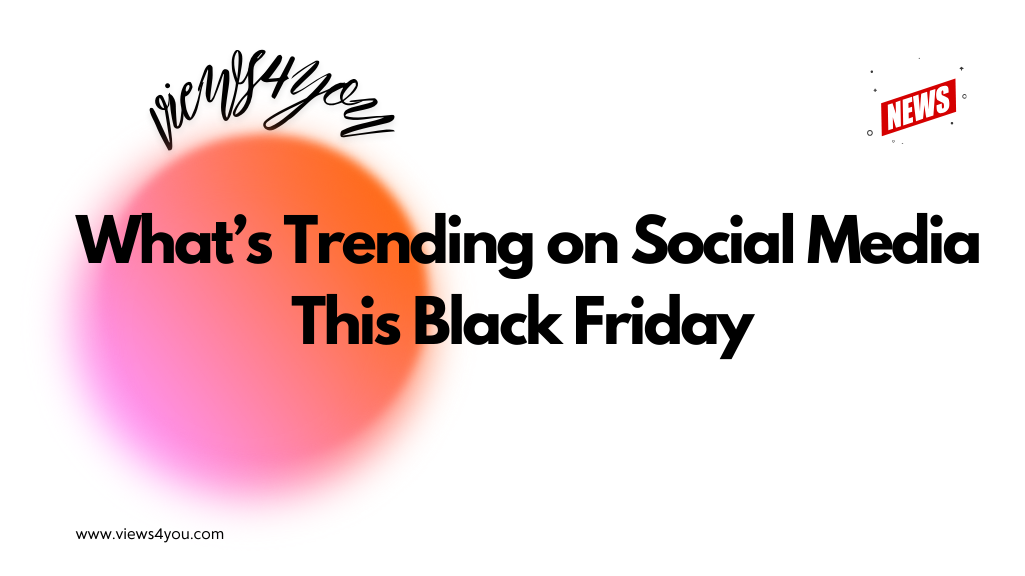The best times to post on TikTok are early mornings (6–9 AM), midday breaks (11 AM–1 PM), and evenings (7–10 PM). These hours match natural user activity, helping videos gain early engagement. Still, the most effective posting time depends on your audience analytics and time zone. Consistency and quality matter as much as timing.
The best time to post on TikTok is one of the most common questions asked by creators and businesses. Everyone wants their videos to reach more people, get more views, and spark conversations. The challenge is that TikTok’s audience is global, active at different hours, and constantly changing. In this post, you’ll learn how timing affects visibility, what data says about user behavior, and how you can find your own personal best posting schedule.
Why Timing Matters on TikTok
TikTok’s algorithm looks at early engagement to decide whether a video deserves wider distribution. If you post when your followers are offline, your video may lose momentum before it even starts. On the other hand, uploading during peak hours can give you the boost you need to appear on more TikTok For You Pages. Timing alone won’t guarantee virality, but it can help maximize the chances of visibility.
General Best Times to Post
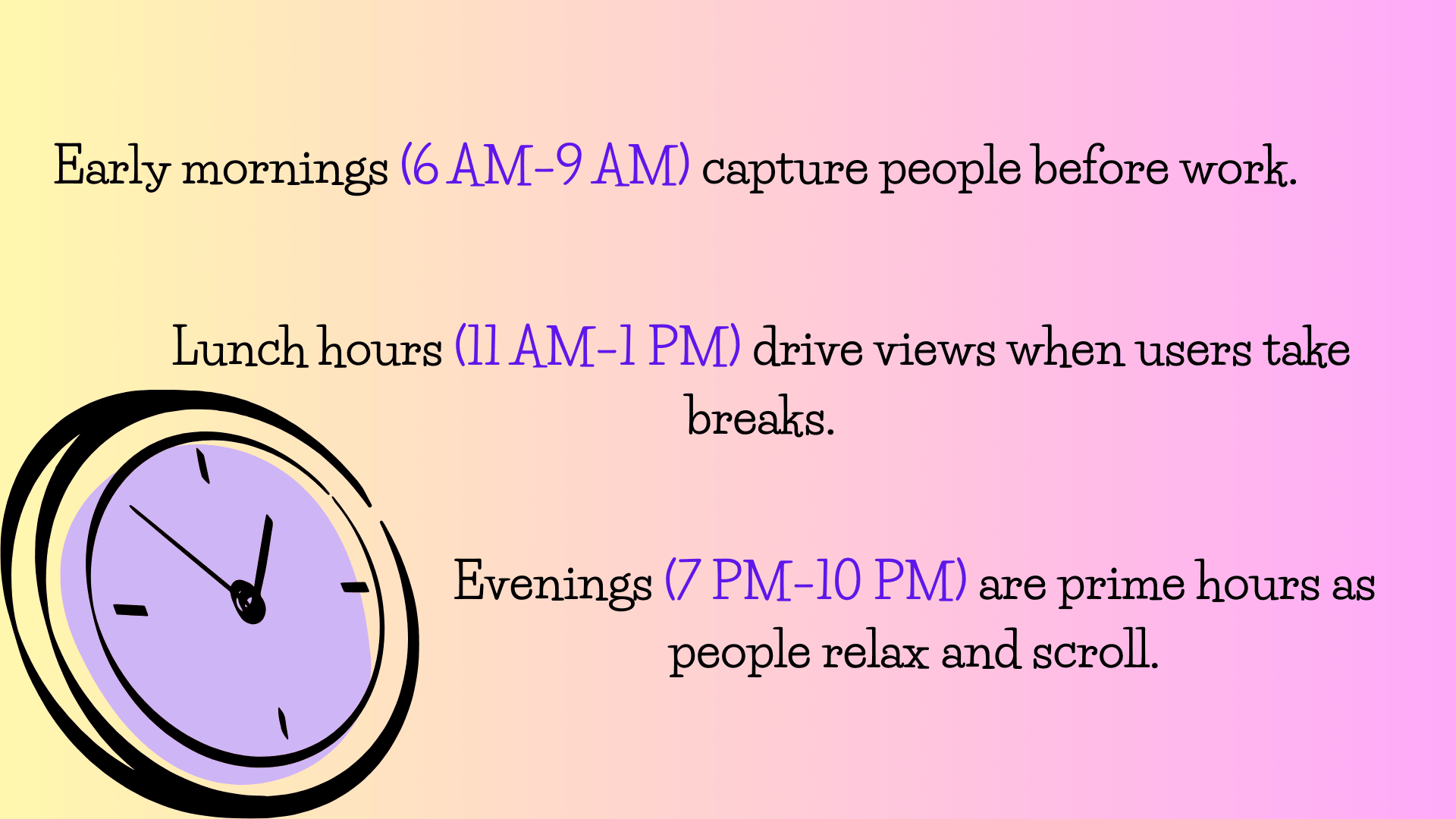
Research and industry data suggest that certain hours are more active across most regions.
- Early mornings (6 AM–9 AM) often capture people before work or school.
- Lunch hours (11 AM–1 PM) can drive views when users take short breaks.
- Evenings (7 PM–10 PM) are prime hours as people relax and scroll before bed.
These windows may look familiar because they align with natural human routines. Still, they serve only as broad guidelines.
Posting Calendar: Optimal Days and Times
Posting times can vary not only by hour but also by the day of the week. General patterns show that certain hours within each day tend to capture more engagement because they align with daily routines.
These guidelines reflect common user activity cycles but should always be adapted to your own audience insights and time zone. Tracking your analytics will confirm which days and hours deliver the strongest results for your followers.
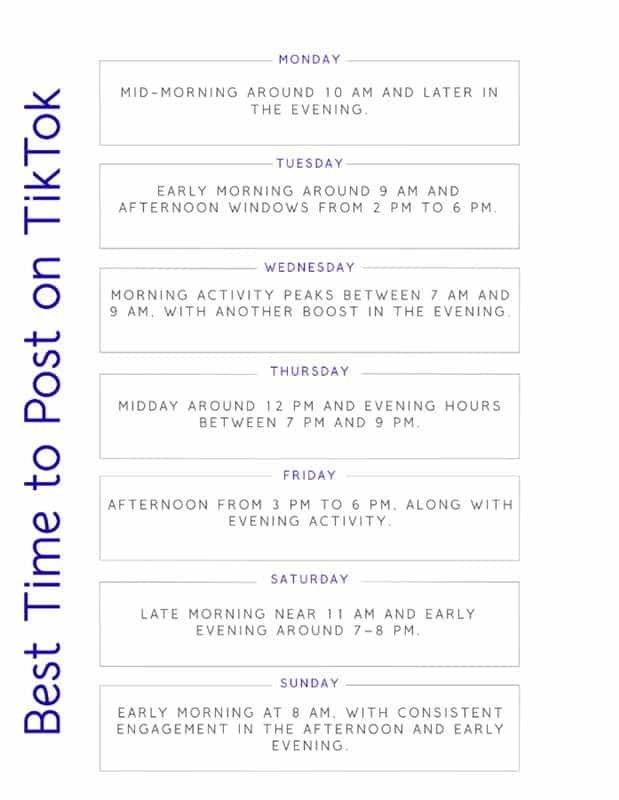
Weekdays vs Weekends
Weekdays often show strong activity during commute and evening hours. Weekends can be unpredictable but sometimes yield longer watch times since users are more relaxed and willing to engage. Testing both will help you confirm whether your audience behaves differently across the week.
Understanding Your Audience
The best time to post on TikTok depends heavily on your followers’ habits. A creator in New York will not have the same active hours as one with a large Asian or European audience. This is why relying only on generic advice can be misleading.
Use TikTok Analytics
TikTok Pro accounts (free to enable) provide audience analytics. Under the “Followers” tab, you can see when your audience is most active by the hour. This data should guide your posting decisions. For example, if you notice a spike in activity at 9 PM, scheduling uploads around that time will help.
Time Zones and Global Reach
If your audience spans multiple countries, time zones become important. You may need to post at two different times in a day to reach both morning users in one region and evening users in another. Large global creators often rotate their posting hours for this reason.
Experimenting and Tracking Results
Finding the best time isn’t about copying a chart. It’s about testing, tracking, and refining. Post at different times of the day and monitor which videos gain traction faster. Patterns usually emerge after a few weeks. Keep a simple log of posting time and initial performance to make decisions backed by evidence.
Consistency Matters as Much as Timing
Even if you find a “perfect” hour, consistent posting still plays a bigger role. TikTok rewards creators who publish regularly and keep viewers engaged. Posting two to three times a day at your best-performing hours is often more effective than posting randomly once a week.
Balancing Quality and Timing
While timing can give you an edge, quality always comes first. A poorly made video won’t go viral just because it was posted at 8 PM. Invest in creativity, storytelling, and editing. Once your content is strong, timing becomes the final push that improves your TikTok video retention rate.
FAQs
Should I post at the same time daily?
Yes, consistency helps. Posting at the same hours trains your audience to expect new content, improving engagement.
How many times should I post daily?
Two to three posts a day often work well, but it depends on your capacity to maintain quality without burning out.
Can bad timing ruin a good video?
Yes, if you post when most of your audience is offline, engagement may lag, reducing your video’s reach. Good timing helps great content shine.
What tools can help me find my best posting time?
TikTok Analytics is the most reliable option, but you can also use third-party scheduling tools to track performance trends.
Does posting too often reduce engagement?
Not necessarily. High frequency works if your videos stay engaging. Problems occur only if quality drops with quantity.
How long should I wait between TikTok posts?
Spacing posts by at least three to four hours gives each video time to gain traction before the next one goes live.


